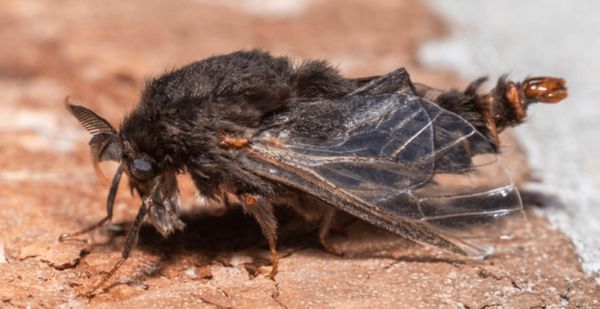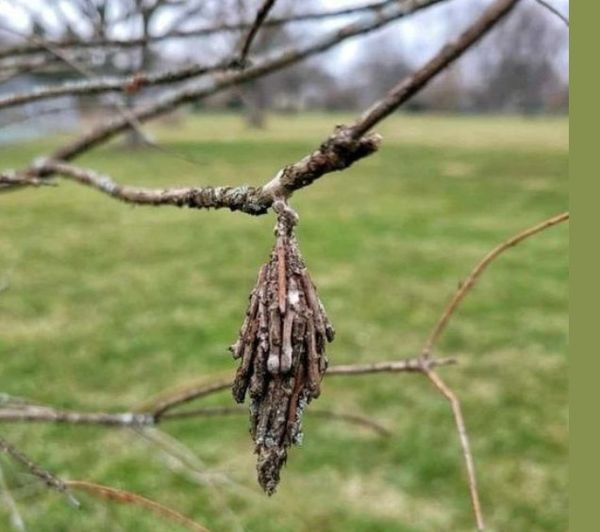The Silent Killer of Trees

If you’ve ever dealt with an Evergreen Bagworm infestation, you know the devastating impact it can have on your beloved trees. The loss of pine needles and eventual death of these beautiful evergreens is a sad sight to see. But fear not! There are ways to save your trees if you know what to do.
Understanding the Evergreen Bagworm
The Evergreen Bagworm, despite its misleading name, is not a worm but rather a moth in its larval stage. These deceiving creatures can wreak havoc on both evergreen and deciduous trees, causing significant damage and even death if ignored. Let’s dive into understanding this silent threat.

The Life Cycle of the Evergreen Bagworm
To effectively manage and control Evergreen Bagworm infestations, it’s important to understand their life cycle. The reproductive cycle begins when the female adult lays her eggs inside her own bag, which remains attached to the tree after she passes away. These dormant eggs hatch in late spring or early summer, giving birth to tiny larvae.
The young larvae venture out of their bags in search of a suitable host tree. Once they find one, they start building their bags using silk produced by their bodies. As they grow, they periodically emerge to replenish their bags with plant debris, making them more noticeable over time.
As the larvae molt and grow, they build new bags for each stage of their growth. By late summer or early fall, they reach their final instar and become ready to pupate. Hidden inside their cases, the moths undergo a transformation into their adult stage. After about two weeks, the adult moths crawl out of their cases. The larger, wingless females stay close to the original tree, while the smaller, darker males fly off in search of females.
The Destructive Nature of the Evergreen Bagworm
Don’t be fooled by their appearance – Evergreen Bagworms can seriously harm trees if left uncontrolled. These pests are voracious eaters that feast on the foliage of various tree species. They hide within their bags, benefiting from the protection and camouflage they provide.
The defoliation caused by bagworm larvae feeding on a tree’s leaves hinders its ability to produce nutrients needed for growth and survival. This feeding activity weakens the tree, making it more susceptible to other illnesses, pests, and environmental stressors. If not treated, Evergreen Bagworms can lead to tree decline and even death.
Managing Evergreen Bagworm Infestations
To protect your trees from these destructive creatures, it’s crucial to preserve their health through effective management strategies. Here are some tactics to consider:
Maintain Healthy Trees
Prevention is key when it comes to Evergreen Bagworms. By implementing the following practices, you can reduce the chances of infestation and improve the overall health of your trees:
- Regularly inspect your trees for signs of bagworm infestation, such as bags hanging from branches.
- Prune and remove any bags you find, especially during winter when the eggs are dormant inside.
- Encourage natural predators, like birds and parasitoid wasps, by providing suitable habitats like birdhouses and flowering plants.
- Maintain proper tree nutrition and irrigation to keep them healthy and resilient against infestations.
By keeping your trees healthy and taking preventative measures, you can safeguard them against the silent threat of Evergreen Bagworms.
The Bottom Line
The Evergreen Bagworm may be small and easily overlooked, but it has the power to silently kill trees. By understanding their life cycle, appreciating their destructiveness, and implementing good management practices, you can defend your trees from these sly intruders.
Regular inspections, preventative measures, and maintaining healthy trees will go a long way in stopping infestations and preserving the beauty and vitality of your landscape. Don’t let the silent threat of the Evergreen Bagworm take away the joy your trees bring. Act now to save your beloved trees!





